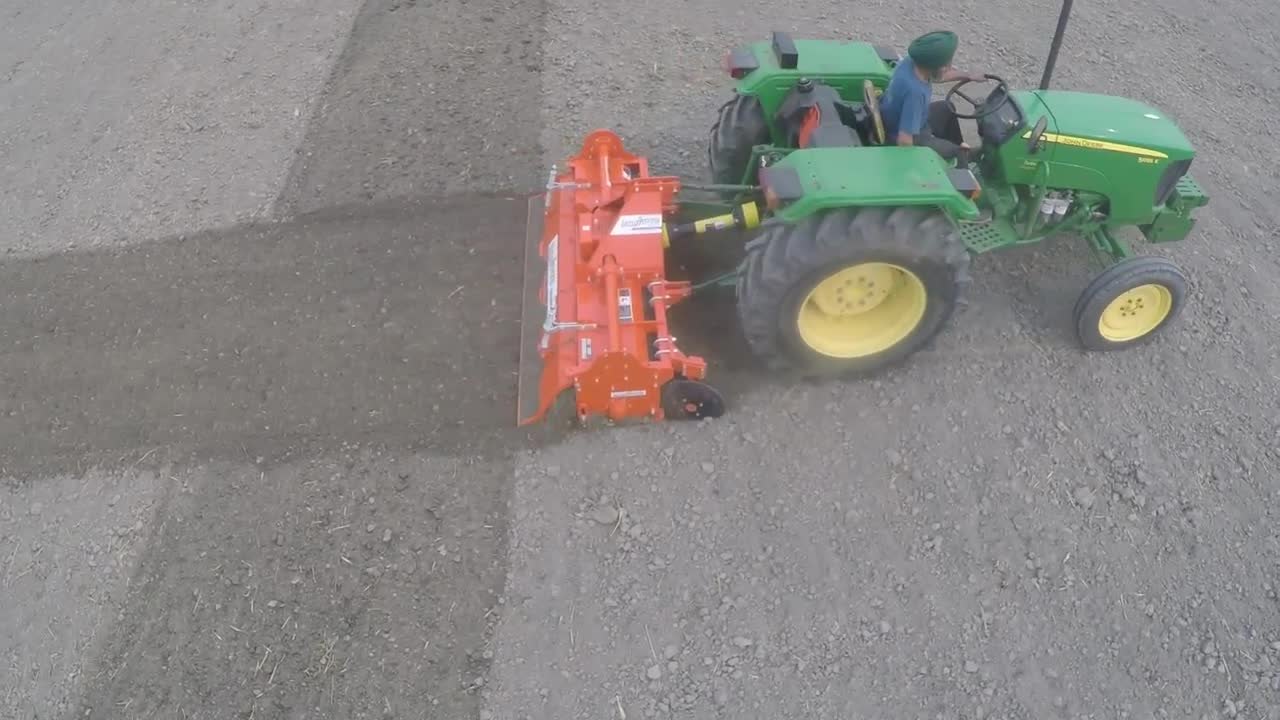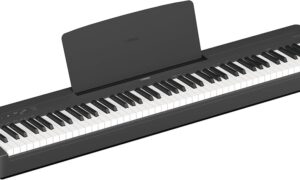Gardening and farming have evolved tremendously, with machinery advancing efficiency and productivity. One such essential tool is the rotavator. Whether you’re a seasoned farmer or a passionate gardener, choosing the right rotavator for your tractor can significantly affect your soil preparation and overall crop yield.
In today’s agricultural landscape, the demand for high-quality produce and sustainable farming practices has never been greater. This guide will walk you through the key considerations to help you make an informed decision.
What is a Rotavator?
A rotavator, a rotary tiller, is a versatile tool used for soil preparation before planting. A rotavator breaks up compacted soils, mixes fertilisers, and makes fine seedbeds to ensure that seeds get the best possible chance for germination and good growth. There are different sizes and configurations in rotavators.
So, one needs to pick a proper rotavator that fits the tractor’s configuration and the requirements of a farming and gardening business.
Assessing Your Tractor’s Compatibility
Before looking deeper into it, it’s crucial to understand your tractor’s capabilities. Here are the primary factors to consider:
1. Tractor Power and Size
- Horsepower (HP): The rotavator should match your tractor’s horsepower. A general rule of thumb is that a 40-50 HP tractor can effectively handle a rotavator with a 6 to 8-foot working width. For larger rotavators, a more powerful tractor is necessary.
- Weight and Balance: The rotavator’s weight should not exceed your tractor’s lifting capacity. An imbalance can affect manoeuvrability and safety.
2. Three-Point Hitch Compatibility
Rotavators are attached to tractors through the three-point hitch system. Check if your tractor has the appropriate class (usually Class II or III) that matches the rotavator’s requirements. Some rotavators may also require additional hydraulics for operation.
3. Transmission Type
Some rotavators have a manual-gear shift transmission, while others have an automatic transmission that changes in response to the soil condition; ensure your tractor supports the transmission type of the rotavator you wish.
Understanding Your Soil and Terrain Requirements
Knowing your soil type and what you will likely work with on the ground is central to choosing the correct rotavator.
1. Soil
- Clay Soil is heavy and sticky. Opt for a rotavator with stronger blades and adjustable depth settings to handle the density.
- Sandy Soil: These are lighter and easier to till. A standard rotavator with fewer blades may suffice.
- Loamy Soil: These are ideal for most crops and require a versatile rotavator to handle a mix of soil textures.
2. Terrain
- Flat Land: Most rotavators perform well on flat terrain.
- Hilly or Uneven Land: Choose a rotavator with enhanced traction and stability to navigate slopes without causing soil erosion.
3. Crop Requirements
Different crops have different soil preparation needs. Root vegetables like potatoes require finer soil, whereas grains may tolerate coarser tilled earth. Choose a rotavator with adjustable settings to cater to different crop requirements.
Features to Look For
The following features may be added to a rotavator for performance and usability when selecting one:
1. Blade Design and Configuration
- Number of Blades: Generally, the more blades a rotavator has, the finer it can prepare the soil. However, too many blades may cause clogging in some types of soil.
- Adjustable Blades: A few rotavators can adjust the angle and depth of their blades, offering better control over tiling soil.
2. Depth Control
The tilling depth must be adjusted according to soil conditions and crop types. The depth control mechanism in the rotavators should be easy to use.
3. Hydraulic Lift and Tilt
This feature allows quick rotavator position changes without stopping the tractor. It enhances efficiency, especially when working on varied terrain.
4. Engine Speed Control
Variable speed control lets you adjust the rotavator’s rotation speed based on soil conditions, ensuring optimal performance without overworking the tractor.
5. Durability and Build Quality
Invest in a rotavator made from high-quality materials like steel or heavy-duty aluminium. This ensures longevity and reduces maintenance costs.
6. Brand Reputation and Reviews
Selecting a rotavator from a known brand may save you a lot of hassle in the long run. Big brands usually provide better customer care, warranty facilities, and spare parts availability. Further, reading the reviews and testimonials of users will give you a fair idea of how the rotavator would perform and work in real life.
7. Budget
While settling for the most affordable option may be tempting, consider long-term value. A more expensive initial investment in a quality rotavator could lead to superior performance, less repair, and a longer life. However, ensure that the rotavator you choose provides features that suit your needs to avoid overspending on unnecessary functionalities.
8. Testing Before Buying
Test the rotavator on your tractor before you buy it. This will give you the best feel for its compatibility, user-friendliness, and overall performance. Many dealers offer demo sessions or rentals, giving you the experience you need to decide without necessarily committing right away.
Maintenance and After-Sales Support
To ensure that your rotavator remains in optimal working condition, it should be serviced regularly. The following are the considerations for easy maintenance:
Choose a rotavator that is easy to clean and maintain. Removable parts and accessible components can make the routine upkeep simple.
1. Availability of Spare Parts
Make sure that spare parts are available at affordable costs. This reduces downtime whenever you need to repair it.
2. Warranty and Support
A good warranty saves your investment. Moreover, a timely response from the manufacturer’s customer support in case of any issue with the rotavator can be excellent.
3. Environmental Considerations
Sustainable farming is gaining importance. The following factors must be considered when choosing a rotavator.
4. Fuel Efficiency
A fuel-efficient rotavator saves on operations costs and minimises the environmental footprint.
5. Emission Standards
Some rotavators have engines meeting specific emission standards, ensuring cleaner operation.
6. Soil Health
Soil preparation with the right rotavator maintains soil structure and promotes biodiversity, thus sustaining the farm for a long.
Additional Tips
- Seasonal Considerations: Buy at the right time of the season. Buying during the off-season can often get you better deals and more attention from dealers.
- Storage: Ensure you have adequate storage space for your rotavator. Protecting it from the elements can extend its lifespan.
- Training: Familiarize yourself with the rotavator’s operation manual. Proper training ensures safe and effective use, maximising the tool’s benefits.
Conclusion
Selecting the right rotavator for your tractor involves carefully assessing your tractor’s capabilities, understanding your soil and terrain, evaluating key features, and considering brand reputation and budget. With time to research and test different models, you can find a rotavator that enhances your farming or gardening efficiency, ensuring healthy crops and a fruitful harvest.
Remember, the right rotavator is not just a purchase but an investment in your land’s productivity and sustainability. Take your time, seek expert advice, and make a choice that aligns with your long-term agricultural goals.





























